永恒 – Salyani (Immortal)
¥ 5,100.00
| 默认规格(1英寸=2.54厘米) | |
| 刀片尺寸:12英寸 | 手柄尺寸:6英寸 |
| 刀片材质:高碳钢5160 | 手柄材质:木质 |
| 刀片工艺:抛光 | 手柄工艺:抛光 |
| 刀刃锐度:开刃 | 刀刃硬度:55-57 hrc |
| 刀片厚度:7毫米 | 刀鞘材质:牛皮 |
| 附随刀具:无 | 刀身重量:570克 |
| 总体重量:770克 | 发布日期:未知 |
| 原产地:尼泊尔 | 发货地:尼泊尔加德满都 |
Salyan, a remote district in west Nepal continues to make the original classic model that was started in historic days when the then Army required khukuri for battles..
尼泊尔西部偏远地区萨尔扬区延续了历史悠久的经典模式,这种模式始于当时的军队需要廓尔喀刀用于战斗的历史时期。
Salyani (Immortal), a Historic Khukuri … the legacy lives on .. Jai Khukuri!!
作为一把历史悠久的廓尔喀弯刀,萨利亚尼(不朽者)的传奇仍在继续…… 廓尔喀万岁!!
Salyani, has come a long way which continues to sustain its amazing legacy. It is made as authentic as possible to what it was first forged centuries ago hence nick-named the ‘Immortal’ khukuri. It is an ideal kukri to own as a show piece, a master collection, and is a great utility knife at the same time.
萨利雅尼,一个传承了数百年并继续保持其惊人传统的品牌。它的制作尽可能地忠于几个世纪前首次锻造时的样子,因此被称为“不朽”廓尔柯瑞。它既是作为展品、大师级收藏的理想廓尔柯瑞,同时也是一把非常实用的刀。
Amongst hundreds of Khukuri makers (Villages) in Nepal, Salyan, a remote district in west Nepal, is the only place that has retained the originality and authenticity of its original khukuri. Salyan, the origination of Salyani khukuri continues to make the original classic model (version) that was started in historic days when the then Army required khukuri for battles. One of the major producers of khukuris during the 18th and 19th centuries’ wars, Salyanese contributed with varied range of khukuris amongst which this particular Salyani khukuri is a reproduced model that was extensively used in many battles and also portrayed, including the Gorkha campaigns in the “Unification of Nepal”.
在尼泊尔数百个 Khukuri 制造商(村庄)中,位于尼泊尔西部偏远地区的 Salyan 是唯一一个保留了其原始 Khukuri 的原创性和真实性的地区。Salyan,Salyani khukuri 的发源地,继续生产最初的经典款式(版本),该款式始于历史悠久的军队在战争中需要 khukuri 的时代。作为 18 世纪和 19 世纪战争中的主要军刀生产商之一,Salyanese 为各种各样的军刀做出了贡献,其中这款特定的 Salyani 军刀是许多战争中广泛使用的复制品,包括廓尔喀人在“尼泊尔统一”中的战役。
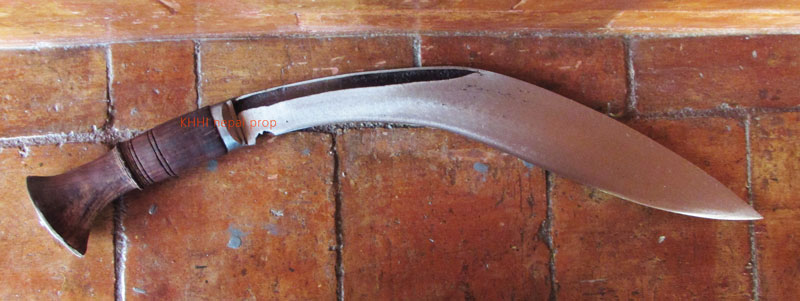
Blade explained: 对刀锋的解释:
The shape of the Salyani blade is very unique and distinctive with patterns (carvings) all along the panel of the blade. The blade is semi curved, almost a crescent shape with no shoulder (peak) at all. A series of pattern is forged all along the top panel of the blade on both sides. This is mainly done to give a distinctive identity and also to show craftsmanship at the same time. Salyani since the medieval era ( or when the kukri knife was first known) had various traditional and beautiful patterns (buttas) all over the blade, sometimes with gold and silver decoration, to denote the religious and mythical aspect of the carrier and his ancestor. People of high status and figure were often seen carrying this “Buttewal” Salyanis (full of patterns) to exhibit their power and prowess. This itching in the blade is done by bear hands using very conventional tool thus is very time consuming and requires a great skill.
萨里亚尼刀片的形状非常独特,刀片上刻有图案。刀片呈半弯曲状,几乎呈月牙形,刀肩(峰)几乎平滑。刀片顶面板的两侧都锻造了一系列图案。这主要是为了赋予它独特的身份,同时也展示了工匠技艺。从中古时代(或廓尔喀弯刀首次问世时)以来,萨里亚尼刀片上就装饰着各种传统而美丽的图案(buttas),有时还装饰着金银装饰,以彰显持有者及其祖先的宗教和神话方面。地位和身份较高的人经常佩戴这种“Buttewal”萨里亚尼刀(布满图案),以展示他们的权力和威望。 用非常传统的工具进行人工去皮,效率低下,需要高超的技艺。
The bevel of the knife is also much bigger (deeper) than the regular ones. This long elongated deep bevel would facilitate a sharp and sleek edge to inflict deep and deadly cut. The legendary religious notch in place furnishes a typical and classic look to the knife. The semi curved blade of Salyani is slimmer and slender thus lighter.
这款刀的斜角比普通刀更大(更深)。这种又长又深的斜角有助于刀刃锋利流畅,造成深而致命的切割。刀柄上的经典宗教刻痕赋予了这款刀典型而经典的外观。萨利雅尼的半弯刀片更纤细、更苗条,因此更轻。
Scabbard & making process in brief:
剑鞘及制作工艺简介:
The scabbard of the Salyani is also very special and laborious. It is where all the time, effort and money is invested. The making or preparation of this special kind of buffalo leather is a painstaking job that needs hard work and patience. It goes through a number of stages and requires numerous materials and supplies to complete the process, which, thus may not be possible to mention all. Therefore, in brief, the buffalo hide is submersed in water mixed with salt and lime for almost a month and regularly rubbed by feet to soften the leather. Adding various natural herbs from roots of plants and barks of selected trees is also one of the steps in the process done to prolong the life span of the leather and to avoid decaying. Then the prepared leather is again continuously rubbed, twisted and folded for hours with “Tori ko Pina” (paste of mustard plant achieved after grinding) while making the scabbard to get the natural embossed pattern within the leather. The excessive rubbing of the leather results into tiny beads like mold all over the surface, which makes the scabbard distinctive, attractive, durable and decay free. Traditional pattern and linings are overlaid in the scabbard to beautify its look. This simple yet attractive adornment of the Salyani is its trademark that distinguishes and recognizes the kukri from the rest.
萨里亚尼的刀鞘非常特别,制作工艺复杂,花费大量时间、精力和金钱。制作这种特殊的水牛皮需要很高的技巧和耐心,需要经历许多步骤,并使用大量的材料和工具。简而言之,将水牛皮浸泡在盐和石灰混合的水中近一个月,并定期用脚揉搓以软化皮革。在制作过程中还会添加来自植物根部和精选树木树皮的各种天然草药,以延长皮革的使用寿命并防止腐烂。 然后,准备好的皮革会再次与“Tori ko Pina”(研磨芥菜植物后制成的芥末糊)一起连续揉搓、扭转和折叠数小时,同时制作刀鞘,以获得皮革内的天然压花图案。皮革的过度揉搓会导致整个表面形成细小的珠状模具,这使得刀鞘独特、美观、耐用且防腐。传统的图案和衬里覆盖在刀鞘中,以美化其外观。这种简单而有吸引力的 Salyani 装饰是其标志,它将 kukri 与其他刀区分开来。
The old version of Salyani did not come with the belt holder as belt was not in practice (use). It was simply tucked in sash at belly. However in today’s context the belt frog is fixed to ease carry and mobility, to suit the modern time and standard.
旧版萨里亚尼没有皮带扣,因为当时没有使用皮带,只是简单地塞在腹部的腰带上。然而,在今天的语境中,皮带扣被固定是为了便于携带和移动,以适应现代的标准。
Handle: It is basic and simple made from Indian Rosewood however longer and slender comparatively. The end portion towards the butt cap of the handle is slightly curved. It has some pattern made in the center of the handle, done to further beautify the whole look. The handle has steel fixtures (bolster and butt cap). The longer handle also contributes in better handling the blade (counter balance).
手柄:手柄由印度红木制成,虽然结构简单,但坚固耐用。手柄的末端朝着枪托的形状略微弯曲,显得更加修长。手柄中心的一些图案进一步美化了整体外观。手柄配备了钢制附件(护手和枪托)。更长的握把也有助于更好地操控刀片(提高平衡性)。
The two accompanying knives, KARDA (small knife) and CHAKMAK (sharpener) do not come with the Salyani.
陪伴萨利亚尼的 KARDA(小刀)和 CHAKMAK(磨刀石)两把配套刀具不包含在内。
Size of Blade: 12 inches approx.
叶片尺寸约为 12 英寸。
Materials/ Features: Water buffalo treated leather scabbard, rosewood handle, metallic fixtures
材质/ 特点:水牛皮处理皮革剑鞘,红木手柄,金属附件
只有已购买此产品的登录客户才能发表评价。
相关产品
尼泊尔军刀


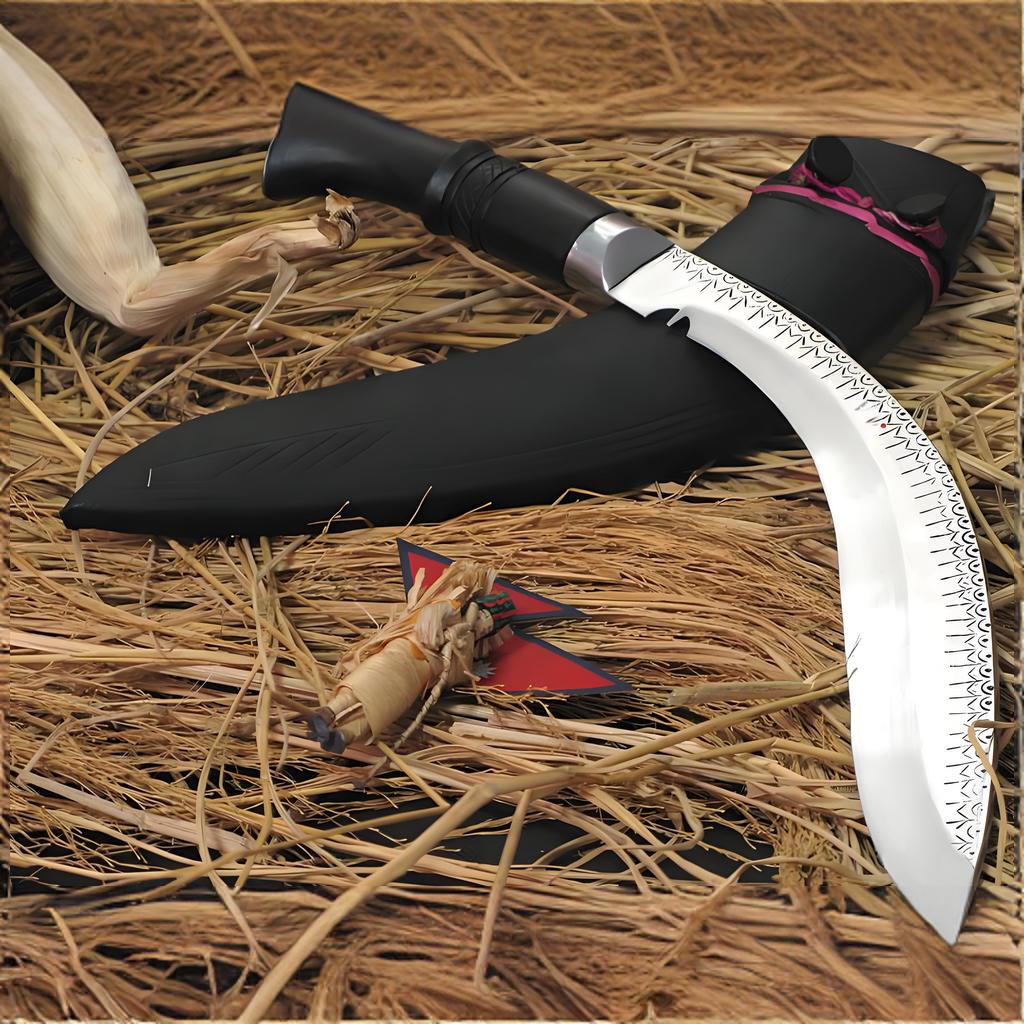
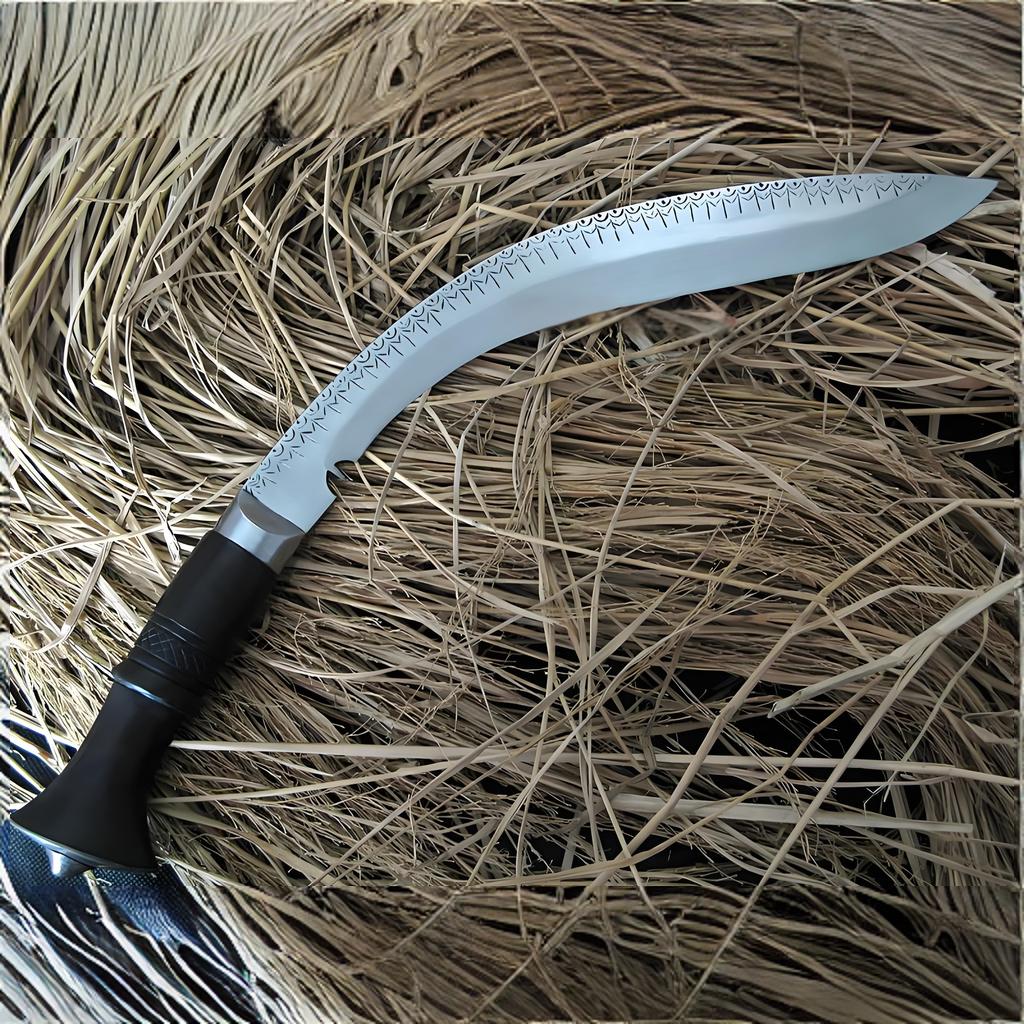
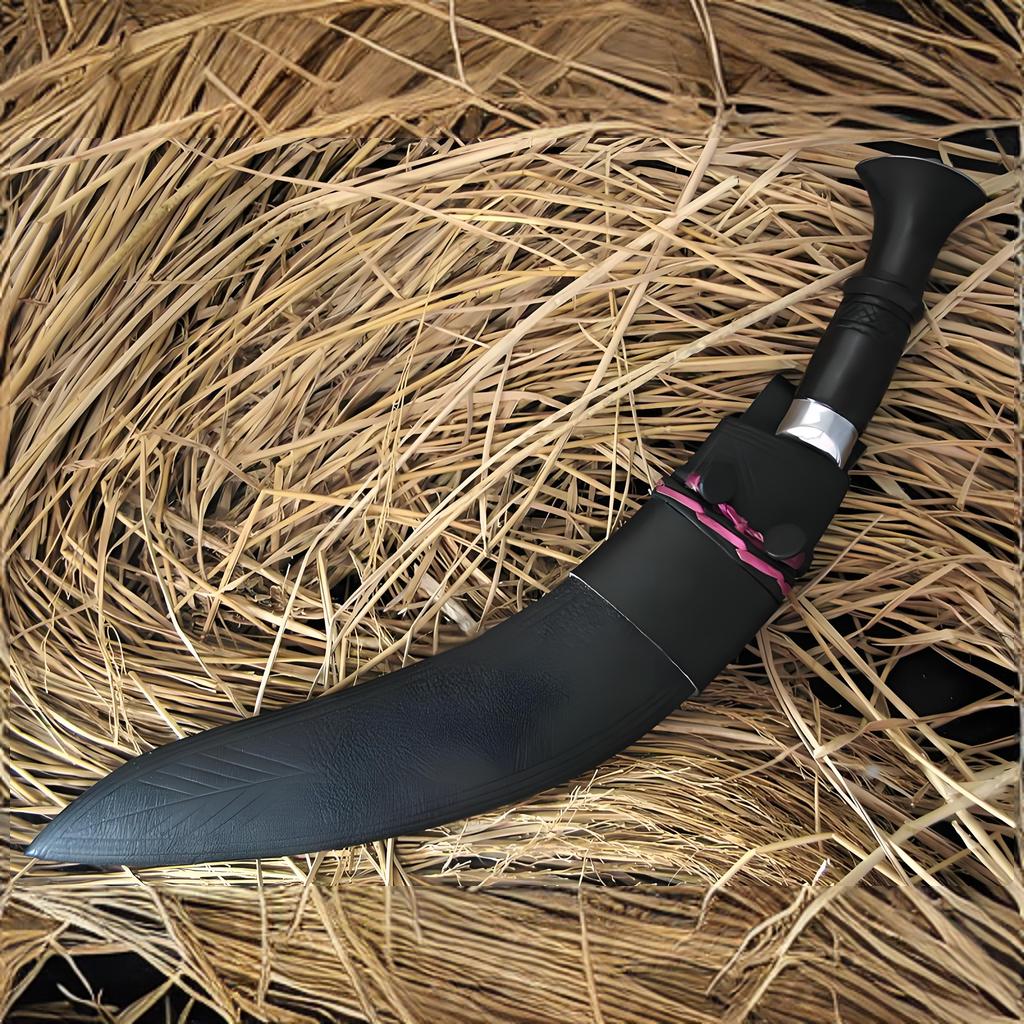

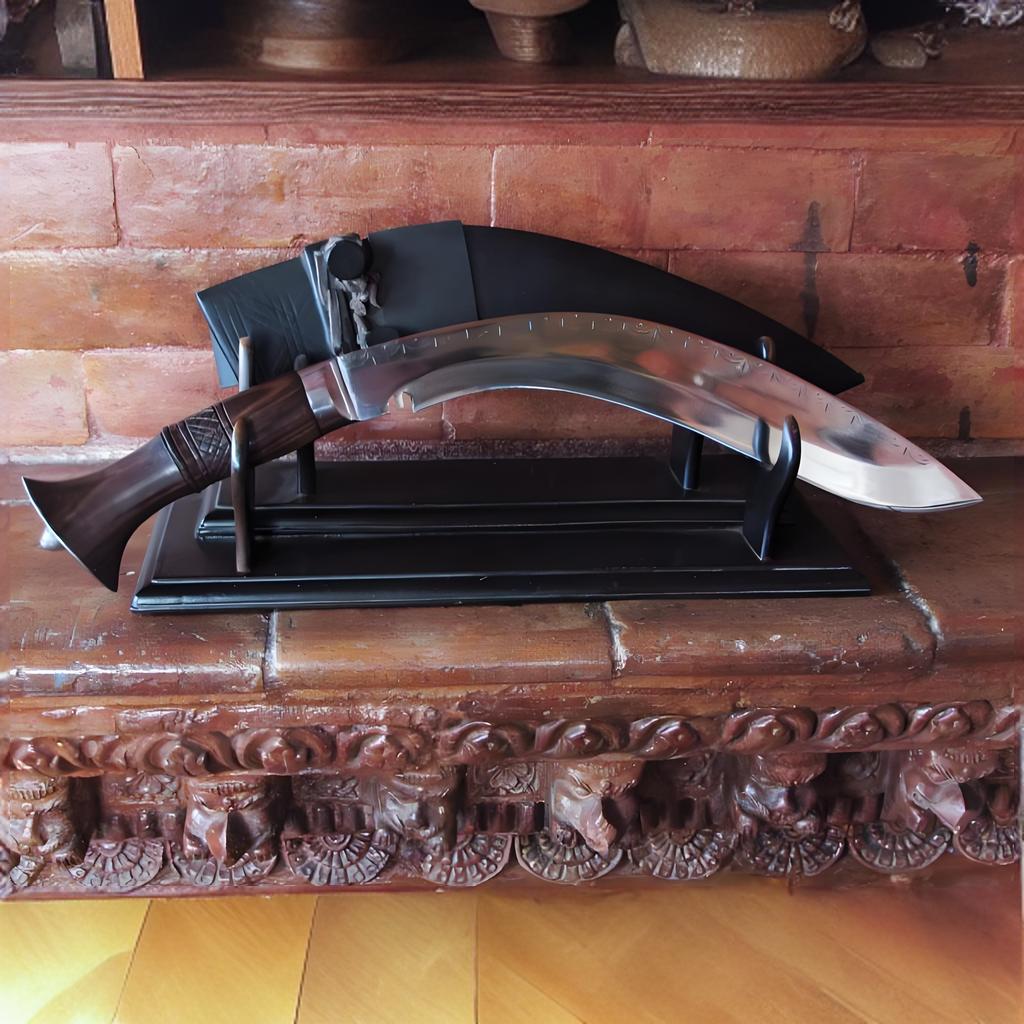
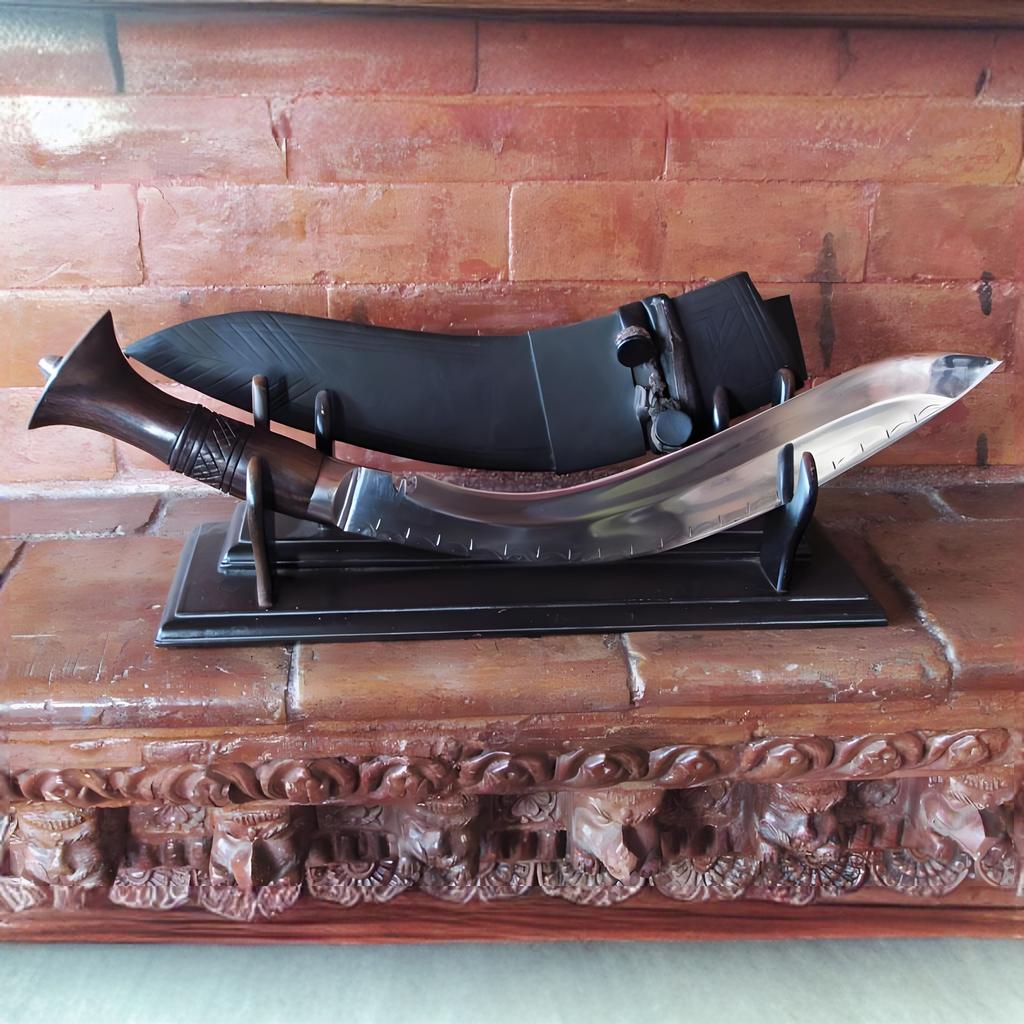
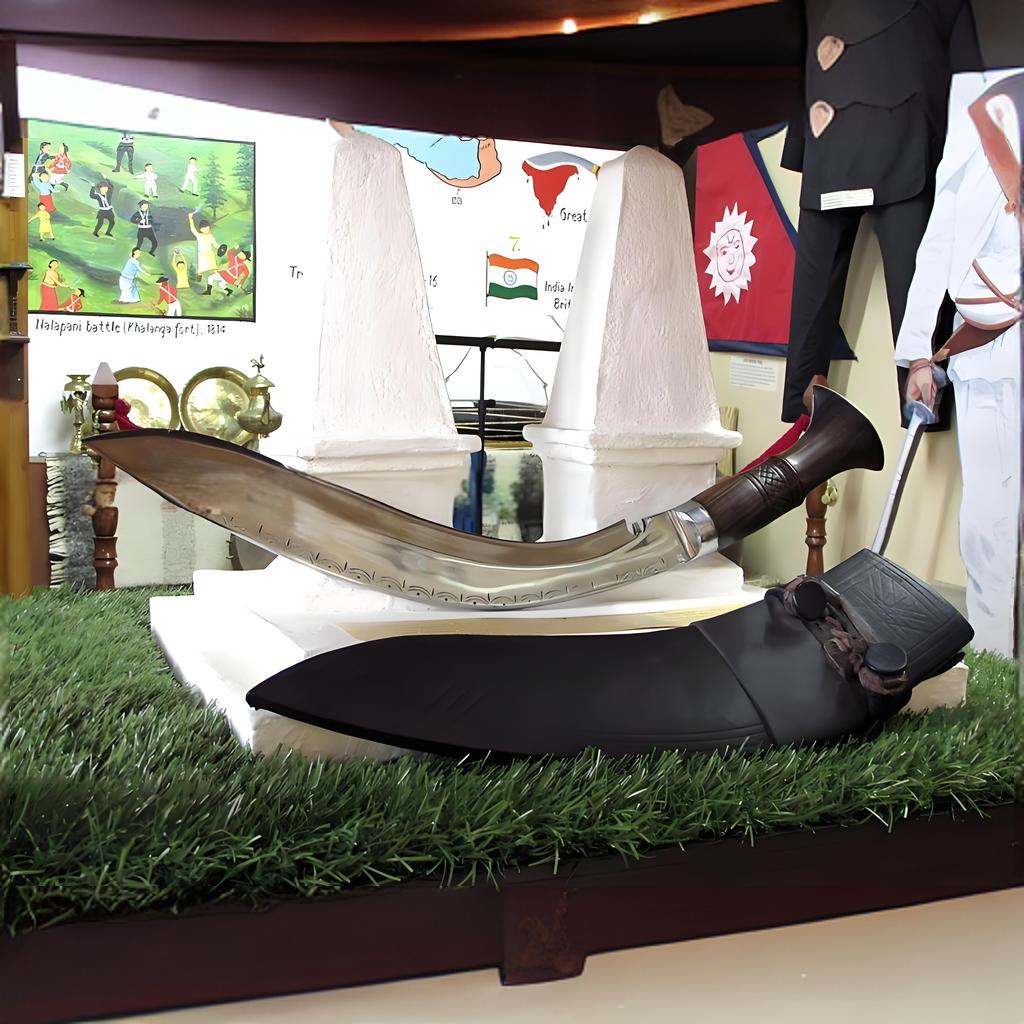
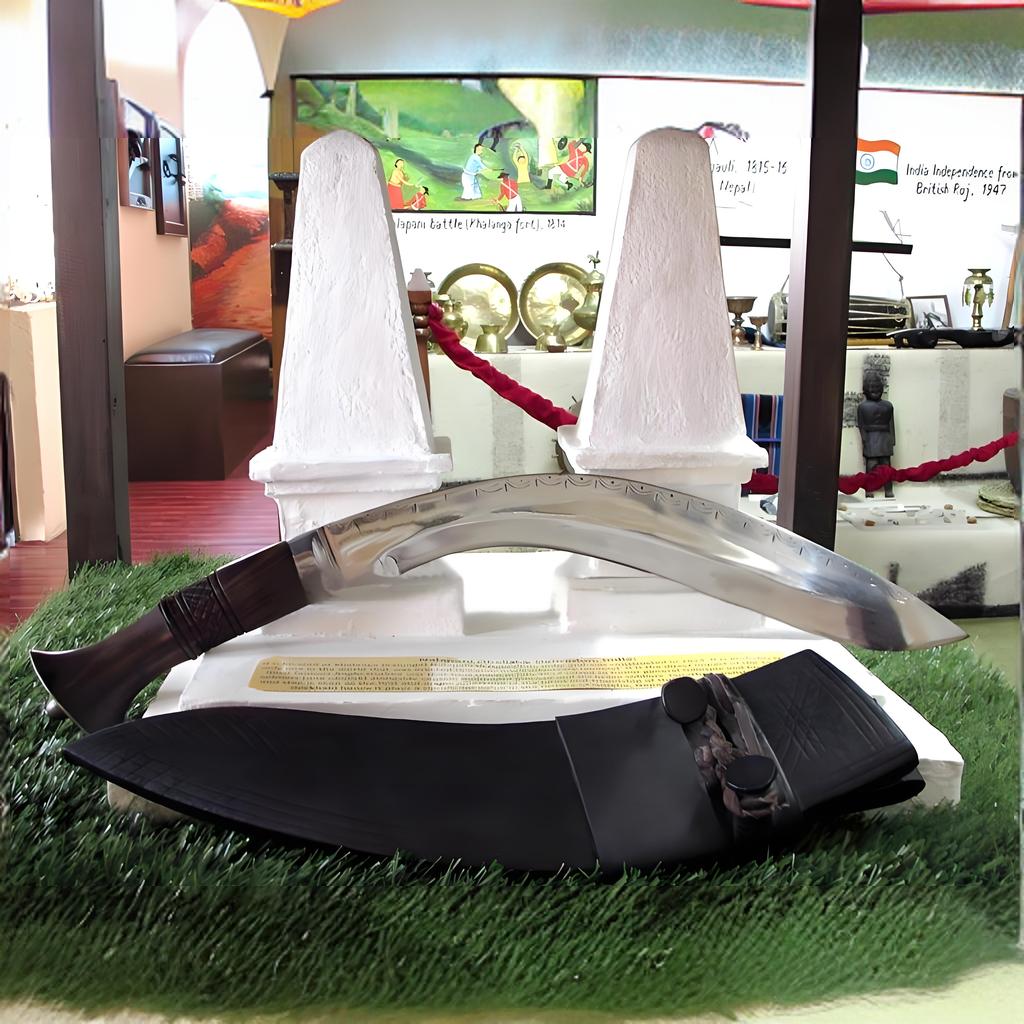
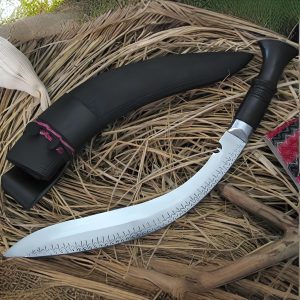

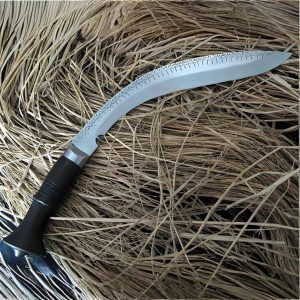
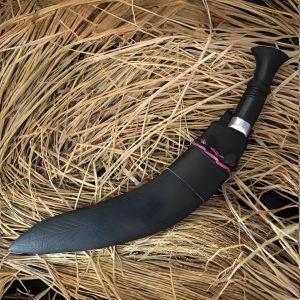
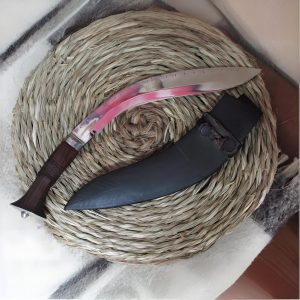
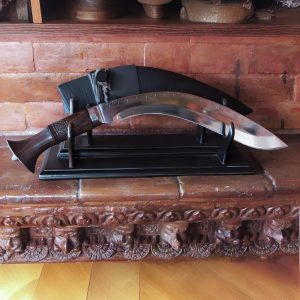
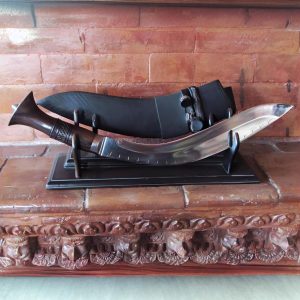
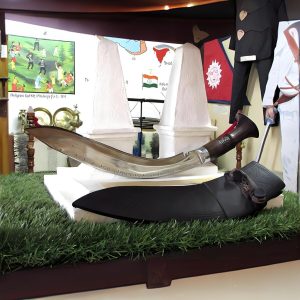
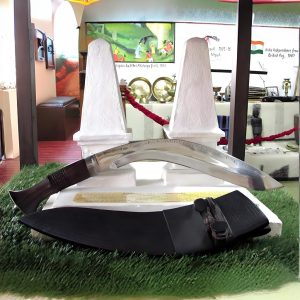
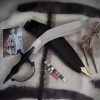
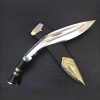
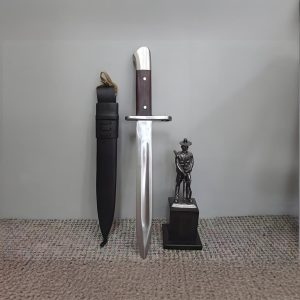
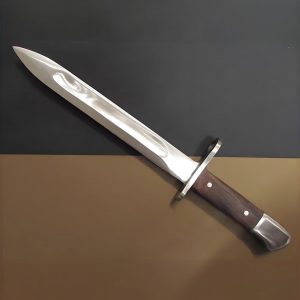
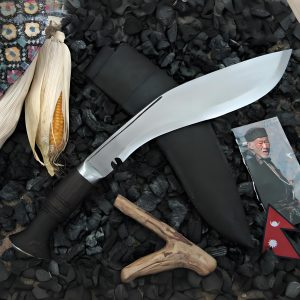
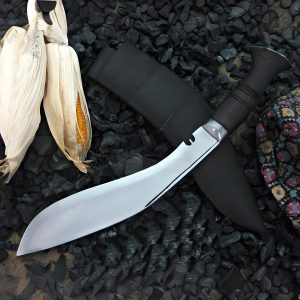
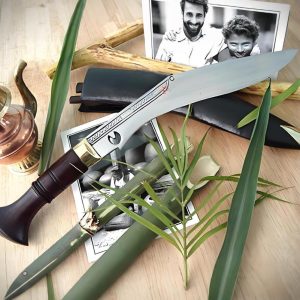
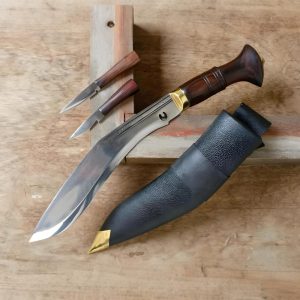
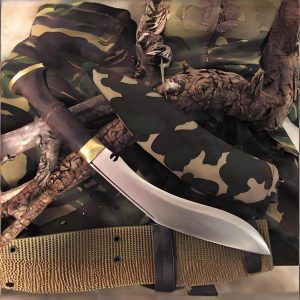
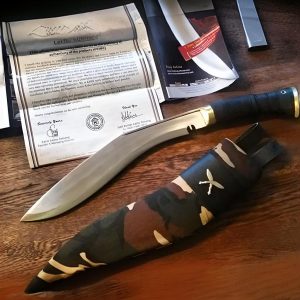


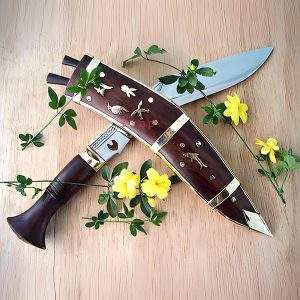
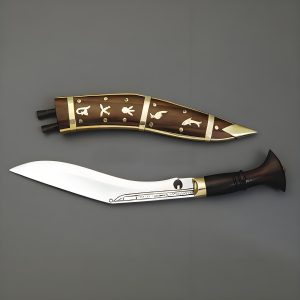
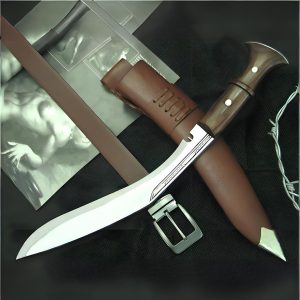
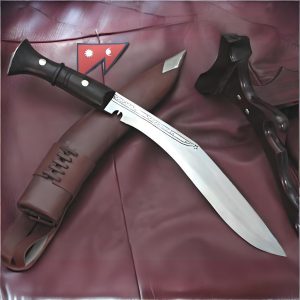
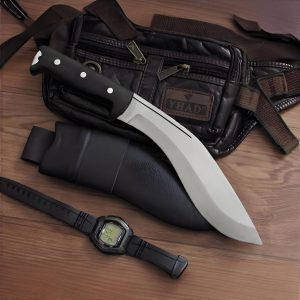
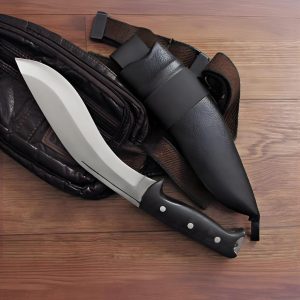
评价
目前还没有评价